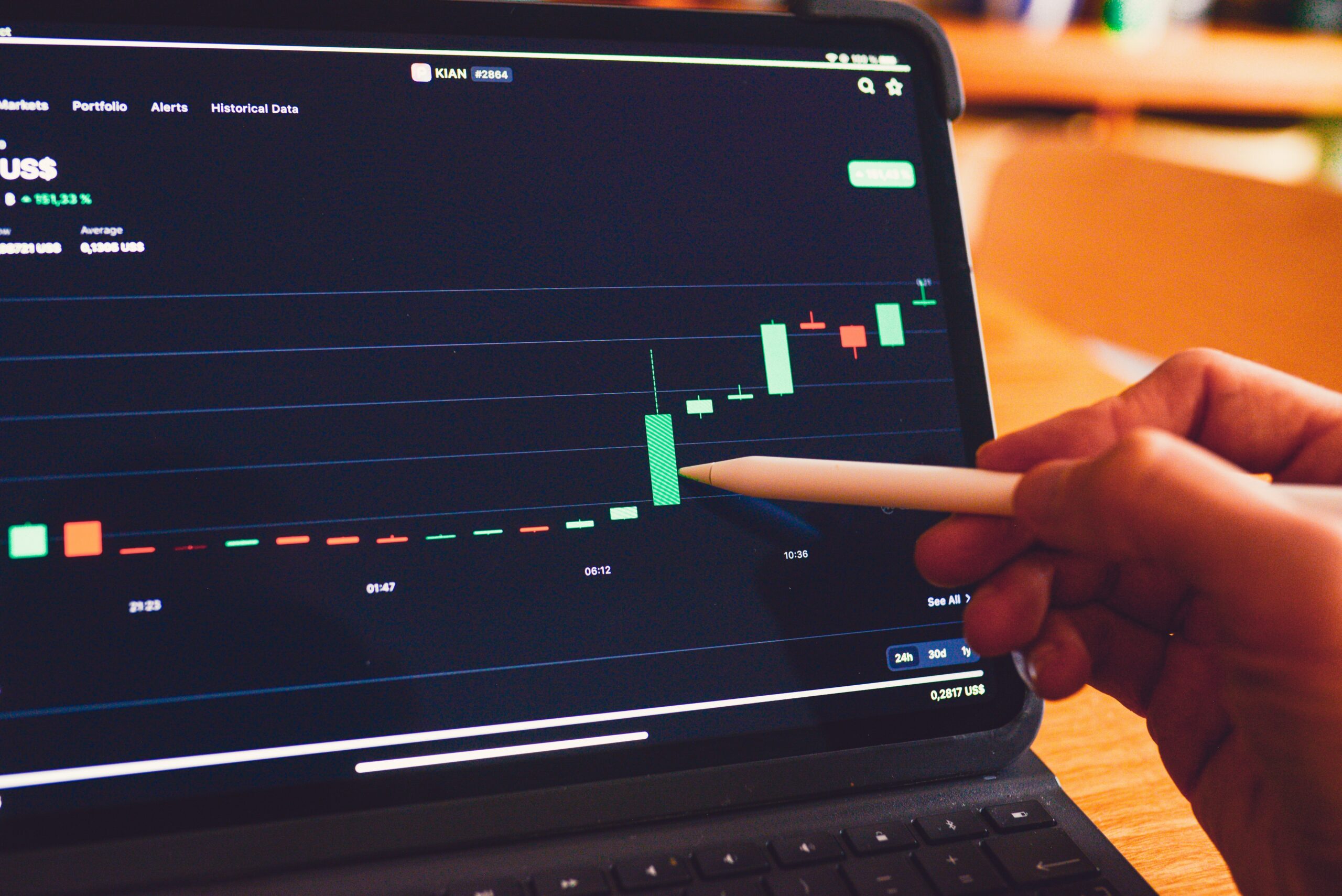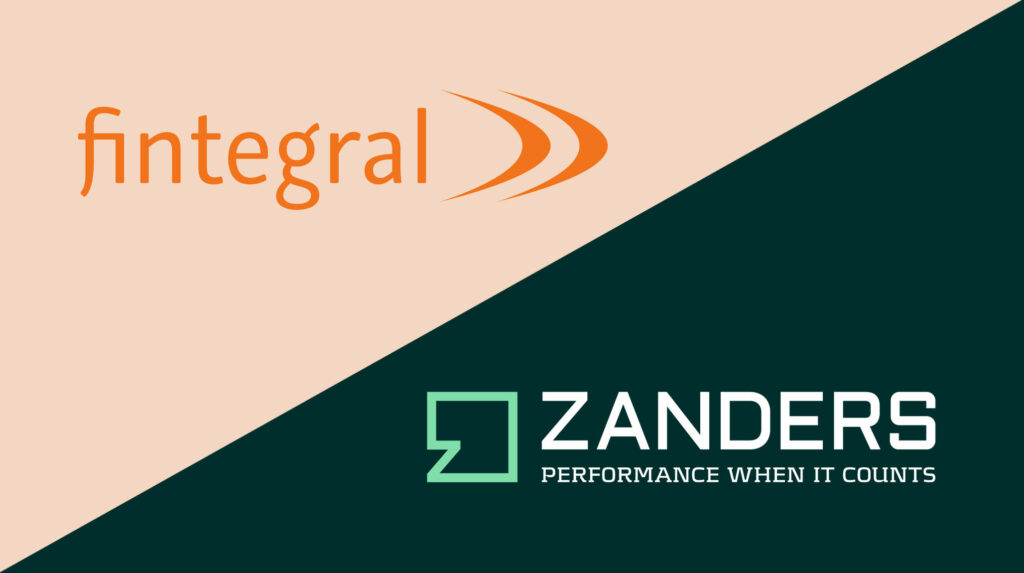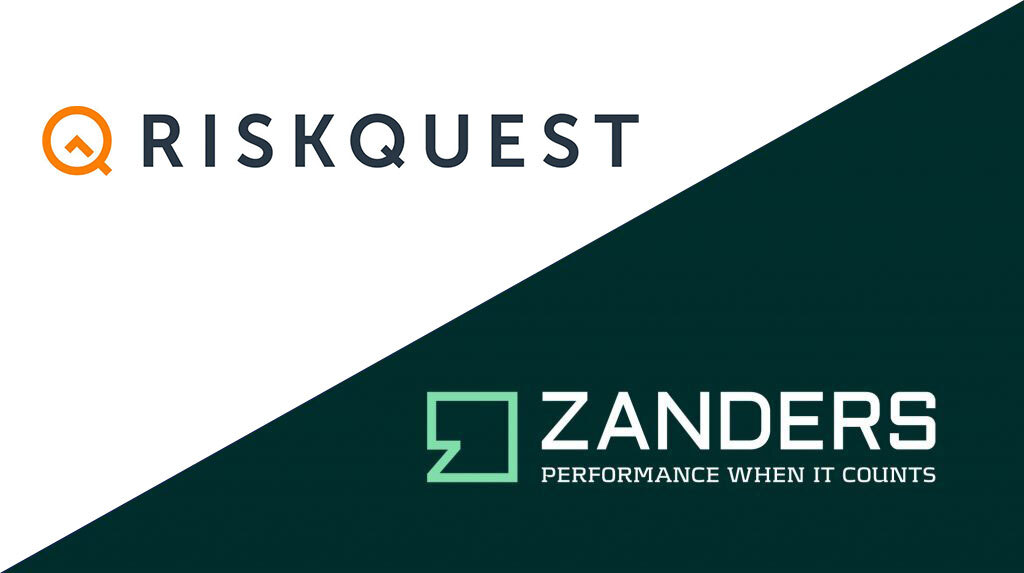VAT Carousel Fraud (VCF) is a significant issue in the EU, costing an estimated €25-50 billion annually. We helped one of the largest Dutch banks become the first to develop a machine learning model specifically tailored to detect this type of fraud.
Challenge
A team within the bank manually identified several cases of VCF each month. The objective was to develop a machine learning model to replace these investigations while leveraging the team’s expertise. The challenge was to create an effective model despite having a limited number of true positive cases for training.
Model Development
Most Anti-Money Laundering (AML) models focus on detecting a broad range of money laundering activities. However, anomaly detection models are particularly effective at identifying outliers across diverse behaviors.
In the case of VAT Carousel Fraud (VCF), the behavioral patterns of the missing trader role are more distinct and consistent. To address this, we implemented a hybrid approach that combines supervised and unsupervised machine learning models.
The approach is summarized in the following steps:
1 - Feature Engineering
- Converted risk indicators into features, focusing on aspects like network structures and rapid movement of funds.
2 - Supervised Model
- Employed XGBoost to identify missing traders within the carousel fraud.
- Utilized all available true positives to train the model on recognizable patterns.
3 - Unsupervised Model
- Implemented Isolation Forest to detect other roles in the carousel fraud.
- Focused on outlier detection to identify anomalous behavior.
Performance
Given the large scale of VAT fraud within the EU and the well-defined transactional typologies, we expect the model to deliver strong performance.
The first VAT Carousel Fraud (VCF)-specific models are now in production. A set of alerts was generated using real transaction data and reviewed by experienced analysts, achieving a 20% precision rate in identifying suspicious activities.
VCF explained
VAT carousel fraud, also known as missing trader fraud, exploits the VAT system by allowing companies to import goods VAT-free within the EU, sell them domestically while collecting VAT, and then fail to remit the VAT to tax authorities.
The goods are sold through a chain of companies and eventually exported again, enabling the final exporter to reclaim the VAT. This cycle can be repeated multiple times, leading to substantial tax losses for governments.
For more information, visit our Financial Crime Prevention page, or reach out to Johannes Lont, Senior Manager.




































